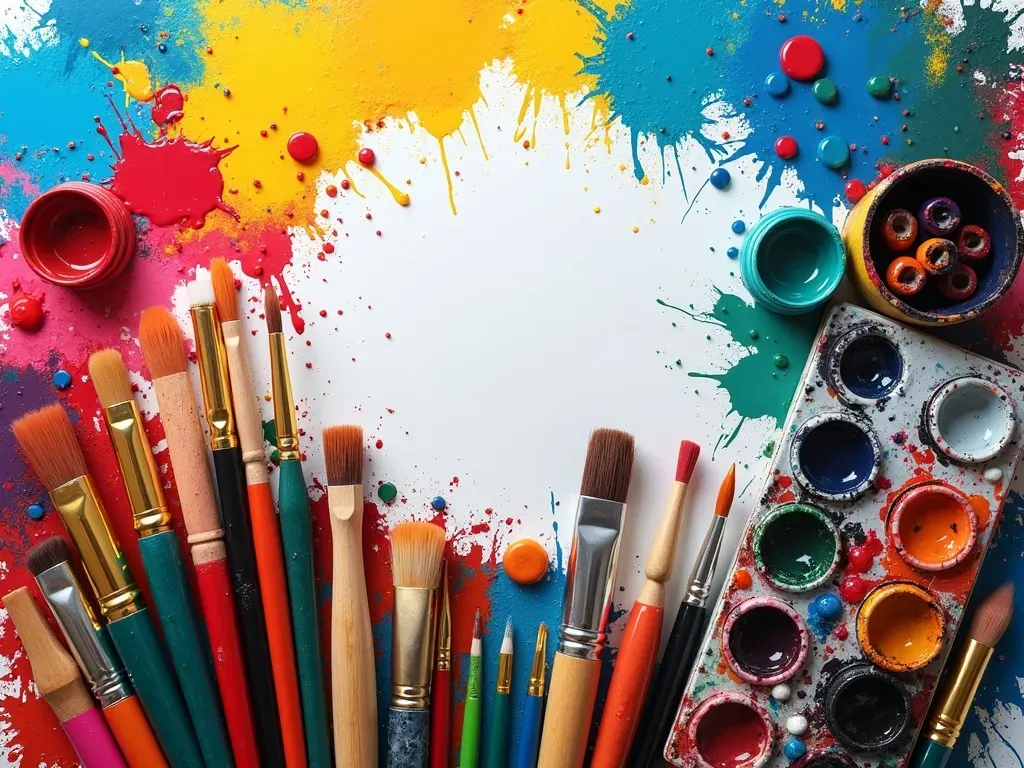Paint Background – the perfect blend of vibrant colors and textures to enhance any artwork, from delicate watercolor landscapes to bold oil portraits. The right paint background can dramatically change the mood and depth of your art piece, offering a captivating surface that harmonizes with the main subject.
Understanding the Importance of Paint Backgrounds
When creating a piece of art, the background plays a pivotal role in the overall appearance and emotional impact of the final work. A well-executed paint background can serve as a launching pad for the foreground subjects, guiding the viewer’s eye and creating a seamless flow of composition. Here are several elements that make paint backgrounds crucial:
- Sets the Mood: The colors and textures used can significantly influence the feeling of the artwork—whether it conveys calm, joy, or drama.
- Creates Depth: Backgrounds can add layers to the painting, giving a three-dimensional effect.
- Enhances the Subject: A thoughtfully designed background can complement and highlight the main focus of the piece.
Facts About Paint Backgrounds
| Type of Paint Background | Description | Ideal Techniques |
|---|---|---|
| Solid Color | A single uniform color | Flat washes, layering |
| Textured | Incorporating various textures | Impasto, sponge, or mixed media |
| Gradient | A smooth transition between colors | Blending, glazing |
| Patterned | Repeating visual motifs | Stenciling, stamping |
| Abstract | Non-representational forms | Pouring, splattering, or layering |
How to Choose the Right Paint Background
Choosing the right paint background for your artwork involves several considerations. Here is a guideline to help you decide:
- Subject Matter: Match the background style to the main subject. A soft, blurred background can enhance a detailed portrait, while a bright, bold pattern may suit abstract works.
- Color Theory: Utilize complementary or analogous colors to harmonize or contrast with your main colors.
- Texture and Finish: Consider what kind of texture will best enhance your artwork. For instance, smooth finishes provide elegance, while coarse textures can add visual intrigue.
Techniques for Creating Paint Backgrounds
Creating the perfect paint background requires practice and the right techniques. Below are some popular methods used by artists around the world.
1. Wet-on-Wet Technique
This method involves applying wet paint onto wet surfaces, allowing for smooth blending and soft transitions. Ideal for watercolors, this approach creates soft, luminous effects.
2. Dry Brushing
A dry brush technique is used with minimal paint on a dry brush, producing a textured, scratchy effect perfect for creating landscapes or adding depth.
3. Sponging
Using a sponge can introduce repeating patterns or textures into your background. This technique works well for abstract pieces or landscapes, providing organic-looking detailing.
4. Stenciling
Stencils allow for precision in patterns and motifs, giving a clean finish. This technique can be applied using multiple colors for added depth.
5. Pouring
For those looking to experiment, pouring paints can create abstract backgrounds with unexpected and beautiful results.
Layering Techniques
- Glazing: Applying transparent layers to build luminosity.
- Impasto: Thicker paint application for dimensional texture.
- Sgraffito: Scratching into wet paint to reveal the underlayer.
Examples of Paint Backgrounds in Famous Art
| Artist | Title | Background Style | Description |
|---|---|---|---|
| claude monet | Water Lilies | Soft and Impressionistic | Subtle hues merge with vibrant flora, creating tranquility. |
| Jackson Pollock | Number 1 | Abstract and Dynamic | Dripped paint creates an energetic, chaotic background. |
| Vincent van Gogh | Starry Night | Whirling and Expressive | Swirling forms give motion and depth to the night sky. |
For in-depth study on various painting methods and styles, resources such as The Spruce Crafts provide valuable insights on creating impactful backgrounds.
Frequently Asked Questions
Q1: What type of paint is best for backgrounds?
A1: Acrylics are particularly popular due to their fast-drying properties and versatility, but oils and watercolors can also work well depending on the desired effect.
Q2: Can I use pre-made backgrounds?
A2: Yes, there are many high-quality pre-made paint backgrounds available for download on platforms like Freepik and Unsplash. These can be beneficial if you’re short on time or need Inspiration.
Q3: How can I create a cohesive look between my background and foreground?
A3: Utilize similar color palettes and intentional contrasts. The key is to allow the background to support the foreground without overshadowing it.
Q4: Are there digital resources available for paint backgrounds?
A4: Definitely! Websites like Pixabay offer free and premium options for digital paint backgrounds that can enhance your graphic design projects.
Conclusion
Exploring paint backgrounds opens a world of endless creative possibilities. From carefully constructed layers to spontaneous abstract applications, the perfect background complements your artistry, elevating it to new heights. Experiment with various techniques, choose your palette wisely, and let your imagination run wild with the captivating power of paint backgrounds!
